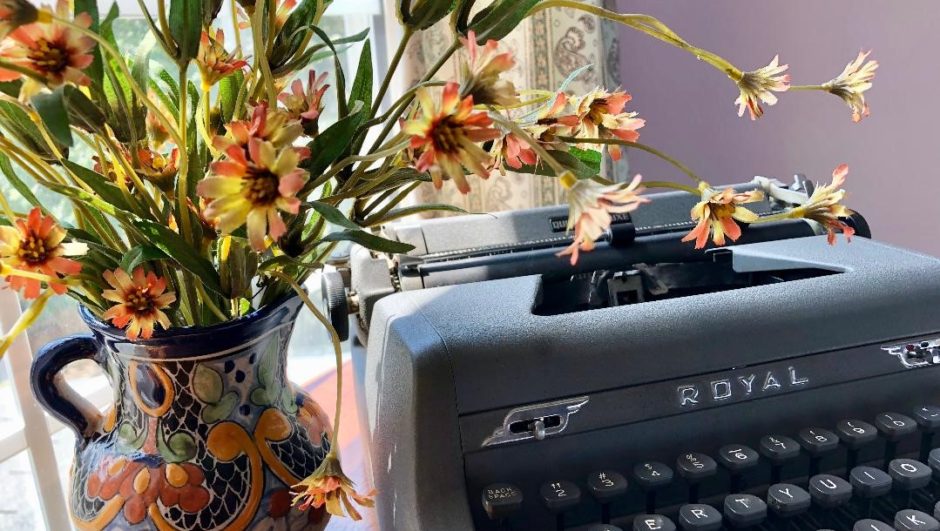by Linda Harris Sittig

Some children go through a phase of wanting a horse. But for Aleen Cust, caring for horses was her dream. That dream became her lifelong goal when she decided to become a veterinary surgeon.
In the latter half of the 1800s, veterinary surgeons were a profession reserved for men in Britain. Aleen faced discrimination and discredit for decades, but refused to give up. Eventually, the British Royal College of Veterinary Surgeons awarded her a diploma of membership.
Aleen Cust became Britain and Ireland’s first officially recognized veterinary surgeon in 1922. At that time, there were fewer than five female veterinarians in America.
THE EARLY YEARS
Born in 1868, Aleen was one of six siblings who spent her early years in Ireland, where her English Protestant father worked as a land agent. However, the political climate shifted, and the family moved back to England, where they had connections to the Royal Court.
It might have been the bucolic Irish countryside of her childhood and the multitude of animals Aleen encountered that fostered her love of animals. Even at a young age, Aleen set her sights on becoming an animal doctor.
However, this was the Edwardian age in England, and girls from respectable families were encouraged to be presented at Court in hopes of being introduced to society and securing good marital prospects. Aleen wanted nothing of the sort. When she explained to her parents that her dream was to become a veterinary surgeon, they exploded in denial. There was no way a daughter of theirs would disgrace the family by working with animals.
But Aleen persevered.
HER ADULT YEARS
After her father’s death, her mother relented to allow Aleen to attend nursing school. Aleen soaked up all the math and science she could that would be useful knowledge for a veterinary surgeon. Then, at 26, she went to Scotland and enrolled in the New Veterinary College in Edinburgh under the name A.I. Cust. Apparently, the admissions office never considered that the student registering was female.
She studied there for six years, earning the highest scores and top grades, despite being the only female student. However, when it was time for Aleen to sit for her final exams to receive a certificate from the Royal College of Veterinary Surgeons, her application for the exams was denied because the term ‘student’ applied only to males; therefore, she was ineligible to sit for the exam or become certified as a surgeon. On graduation day from Edinburgh, she received her diploma, but had to watch all the male students receive their professional certificates as well. I’m sure she was fuming.
Some people might have quit at this point, but not Aleen. After graduating from Edinburgh, she moved back to rural Ireland and worked for 15 years as a veterinary assistant. In truth, she was equal in skill to her male counterpart, and eventually, the locals accepted her because of her expertise and compassion for all animals.
WORLD WAR I
In 1915, as World War I tore across Europe, Aleen learned that the fledgling British Army Veterinary Corps was stationed in Abbeville, France, near a new YMCA chapter. Aleen left Ireland, registered as a YMCA volunteer, and managed to transfer to the Army Veterinary Corps to help with the thousands of horses injured in the war. Two years later, she was working exclusively with the Queen Mary Army Auxiliary Corps.
But her big break came in 1919 when Parliament passed the Sex Disqualification Act, which prohibited women from being barred from any profession. In 1922, the Royal College of Veterinary Surgeons allowed her to sit for her exams, which she passed with flying colors, despite the 22-year lapse since her graduation from college.
HER LEGACY
Aleen became a certified veterinarian at age 46, but never married. Instead, she dedicated her life to caring for animals. When she died unexpectedly at 68 while visiting friends in Kingston, Jamaica, she was buried in an unmarked grave in the local churchyard. It was 1937, and 60 certified female veterinarians were practicing in England. I am sure each of them whispered a thank you to Aleen.
If you enjoyed reading about Aleen Cust, then check out the historical fiction novel based on her life: The Invincible Miss Cust by Penny Haw. Available online and in bookstores. It will give you an in-depth understanding of Aleen’s invincible spirit.
More about me:) When I am not reading about Strong Women, I am writing about them.
If you are not yet a follower of this blog, join the other 1,340 followers from 64 different countries and sign up on the right-hand sidebar. Once a month, you’ll be alerted to a new Strong Woman.
You can also find me on my website, www.lindasittig.com, and my books with strong women as protagonists are in bookstores and online.
Cut From Strong Cloth – 1861 Philadelphia & the Civil War
Last Curtain Call – 1894 western Maryland & the Coal Wars
Counting Crows – 1918 NYC & the Spanish Flu
B-52 DOWN – 1964 western Maryland & the Cold War
Opening Closed Doors: The Story of Josie Murray – 1957 & the Civil Rights Movement
And soon….. Chasing The Tides – WWII on the American Homefront
Linda😊

Thanks for a great post! She sounds like a very ingenious, goal-oriented person.
Yeah, talk about determination and perseverance!
Linda:)
Wonderful story, with a rather sad ending for Aleen who approached life with such perseverence and determination. What an inspiration for ALL girls and women, even today, when we seem to be losing ground again under this VERY right wing conservative political force!!
I know, Karen. There is a group who is trying to locate the grave so they can put up a marker.
Linda:)
Another amazing woman!
Thank you for sharing!